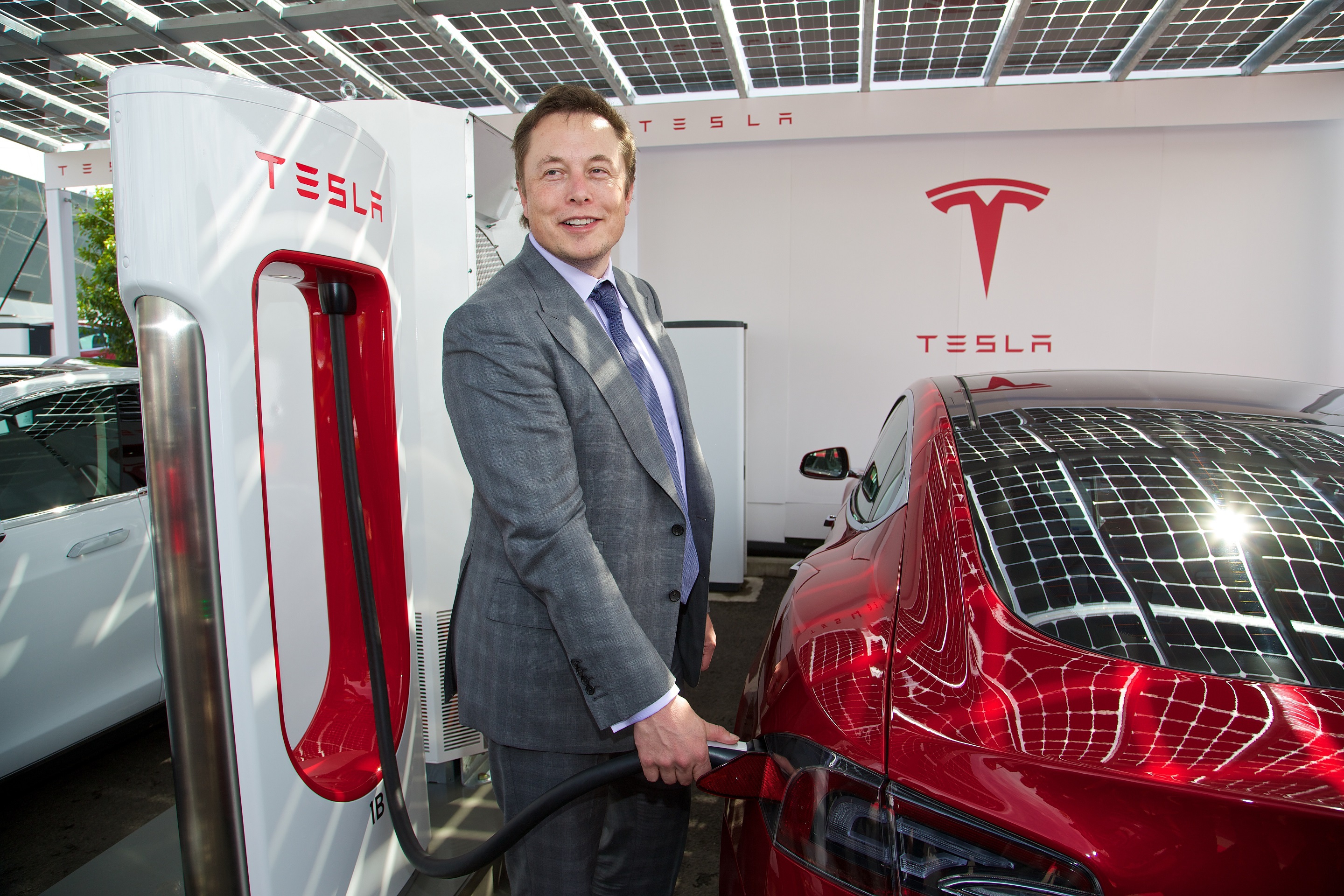The Nikkei Asian Review has taken note of a recent remark by India’s Minister for Power and Renewable Energy that may indicate a significant downgrade of India’s earlier stated goal to fully switch to electric vehicles by 2030.
Power Minister RK Singh recently stated that India should aim for a 30% share of electric vehicles by 2030. The minster was talking at an event to launch the national e-mobility program. This new goal, if finalized, would be a huge downgrade from the pledge other ministers had stated, in which India would stop sales of fossil fuel-powered vehicles completely by 2030 and would fully switch to electric vehicles.
The Minister for Road Transport and Highways, Nitin Gadkari, recently stated that his government will not put out any specific policy for electric vehicles, but rather it would come out with an action plan. That plan is currently believed to be doing rounds of several ministries at the central government for modifications and approval.
The 30% target would be even lower than the recommendation of the Society of Indian Automobile Manufacturers (SIAM) which called for a 40% share of electric vehicles by 2030 and 100% by 2047.
Public sector company Energy Efficiency Services Limited (EESL) has floated one tender so far to acquire electric sedans that would be used by the departments and ministries of the federal government. It is believed to have received over 500 vehicles so far from two manufacturers — Tata Motors and Mahindra & Mahindra.
The sedan supplied by Tata Motors — Tigor — is not available in the open market yet and had to specifically modified from its diesel/petrol version for EESL’s requirement. Mahindra’s e-Verito sedan, while available in the open market, is not popular among customers due to several factors, including lack of charging infrastructure.
While EESL plans to float tenders for many more electric sedans for government use, doubts about charging infrastructure are emerging. A pilot run by Uber’s competition Ola in the Indian city Pune to use electric cars as cabs has failed. Lack of charging stations for the cabs has forced drivers to return electric cars and switch back to the diesel/petrol or CNG-based cars.
There have been talks of tenders and investments in charging stations, however, no concrete outlook has so far been presented by the government. The action plan being touted by the government may provide some much-needed clarity on these and several other issues.
The lowering of the e-mobility target will create a sense of ambiguity for battery makers as well as car manufacturers who are ensure whether or not to go ahead full steam ahead with EV investments.
Source: https://cleantechnica.com/2018/03/19/india-second-thoughts-100-ev-target/


